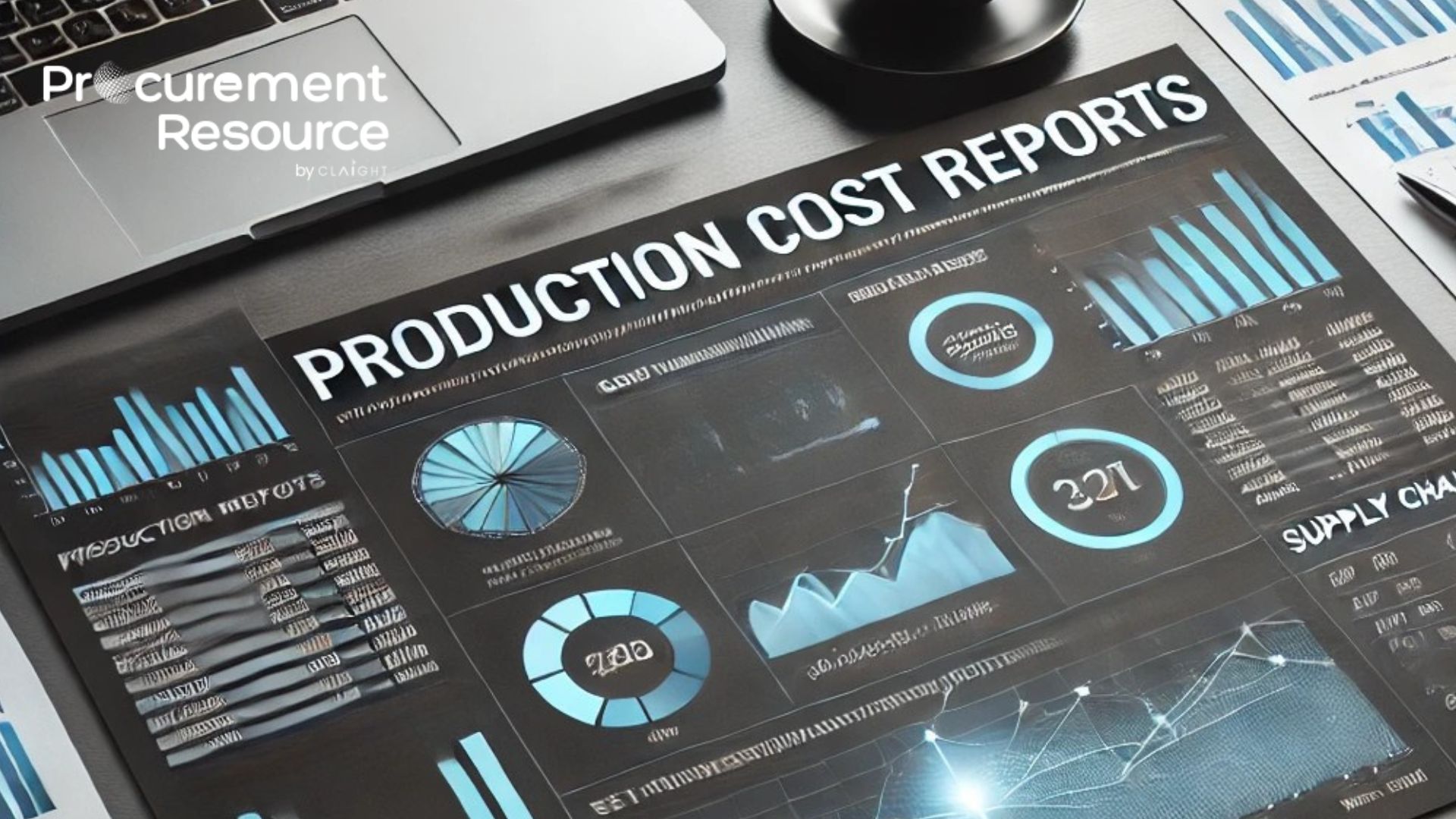Procurement Resource, a globally trusted name in procurement intelligence and production cost analysis, proudly presents its latest Rituximab Production Cost Report. This report is an indispensable guide for pharmaceutical companies, contract manufacturing organizations (CMOs), biosimilar developers, and investors aiming to understand the technical, financial, and operational intricacies of producing this critical monoclonal antibody.
Rituximab: A Lifesaving Biologic Therapy
Rituximab is a chimeric monoclonal antibody (mAb) that targets the CD20 antigen found on the surface of B cells. Initially approved for the treatment of non-Hodgkin’s lymphoma, its applications have expanded to include:
- Chronic lymphocytic leukemia (CLL)
- Rheumatoid arthritis
- Granulomatosis with polyangiitis
- Pemphigus vulgaris
- Other autoimmune diseases
Rituximab is one of the world’s most widely used biologics, marketed under brand names such as Rituxan, MabThera, and various biosimilars. Its production, however, involves highly complex bioprocessing and quality control protocols.
Objective of the Report
The Rituximab Production Cost Report by Procurement Resource is designed to:
- Enable biopharma companies to assess in-house or outsourced production costs
- Guide investors and venture capitalists in evaluating biosimilar ventures
- Support contract manufacturing and regulatory strategy decisions
- Help procurement and operations teams identify cost drivers and efficiencies
Global Market Dynamics and Growth Trends
Rituximab has experienced significant global demand due to its critical role in oncology and autoimmune treatments. Key market trends include:
- Biosimilar growth in developing regions (India, Latin America, Eastern Europe)
- Rising incidence of hematologic cancers and autoimmune diseases
- Expanding approval of off-label indications
- Regulatory frameworks supporting biosimilar launches in Europe, U.S., and emerging markets
While branded Rituximab once dominated with high costs, biosimilar competition is now reshaping the pricing and manufacturing landscape globally.
Raw Materials and Upstream Inputs
Rituximab production requires several key biological and chemical inputs:
Biological Inputs:
- Genetically engineered CHO (Chinese Hamster Ovary) cell lines
- Cell culture media and supplements (glucose, amino acids, vitamins, buffers)
- Antifoam agents, surfactants, and growth factors
Chemicals and Consumables:
- Purification resins (Protein A affinity, ion-exchange, hydrophobic interaction)
- Cleaning agents (CIP/SIP) and buffer components
- Single-use bioreactor bags, filters, tubing, and connectors
The report analyzes:
- Volatility in media and reagent prices
- Cost implications of single-use systems vs traditional stainless-steel setups
- Global sourcing options for resins and purification systems
Rituximab Process Overview
Rituximab is manufactured through mammalian cell culture technology, typically in a cGMP environment. The key stages include:
1. Upstream Processing
- Cell Line Development: Stable expression of Rituximab gene in CHO cells
- Seed Train Expansion: Culturing cells in increasing volumes
- Production Bioreactor: Fed-batch or perfusion culture in 2,000–20,000L bioreactors
2. Downstream Processing
- Harvest and Clarification: Removal of cells and debris
- Primary Capture: Protein A affinity chromatography
- Intermediate Purification: Ion-exchange chromatography
- Polishing: Removal of aggregates, viruses, and impurities
- Viral Filtration & Sterile Filtration
3. Formulation and Fill-Finish
- Buffer exchange and concentration
- Final vial or prefilled syringe filling under aseptic conditions
- Lyophilization (if required)
The report provides detailed flowcharts, equipment lists, yield estimates, and scalability factors.
Equipment and Infrastructure Requirements
Key production assets include:
- Single-use or stainless-steel bioreactors
- Filtration skids and chromatography systems
- Cleanroom infrastructure (ISO 5–8)
- Automated fill-finish lines
- Sterility and analytical labs
Utility and infrastructure needs:
- WFI (Water for Injection) systems
- HVAC systems with HEPA filters
- SCADA systems for process monitoring
- GMP-compliant warehousing
Procurement Resource offers CAPEX models for:
- Clinical trial-scale manufacturing
- Mid-size commercial biosimilar facilities (200–500 kg/year)
- Large-scale biologics plants (1,000 kg/year+)
Human Resource and Regulatory Considerations
Manpower requirements span:
- Bioprocess engineers and biotechnologists
- Quality assurance and regulatory compliance officers
- Sterile fill-finish operators
- Analytical chemists (HPLC, ELISA, etc.)
The report covers:
- GMP and EU Annex 2 compliance needs
- Regulatory pathways in EMA, US FDA, CDSCO, ANVISA
- Batch documentation, validation, and biosimilarity testing protocols
Capital Investment and Operating Cost Analysis
The capital and operational costs associated with manufacturing monoclonal antibodies (mAbs) or biosimilars can vary widely depending on the scale and complexity of the facility. Capital Expenditure (CAPEX) typically includes infrastructure development such as cleanroom construction, installation of bioprocessing equipment, quality control (QC)/quality assurance (QA) laboratories, utility setups, and compliance with regulatory requirements including validation and filings. These investments are essential for ensuring GMP (Good Manufacturing Practices) standards and meeting regulatory guidelines for biologics manufacturing.
Operating Expenditure (OPEX), on the other hand, covers the ongoing costs of running the facility. These include consumables such as media and reagents, labor costs, utilities, fill-finish processes, packaging, and compliance overhead. Cost breakdowns help estimate the per-gram production cost, which can vary significantly based on scale, technology, and process optimization.
Capital Expenditure (CAPEX) Estimates by Facility Type:
- Pilot-scale mAb facility: $10 million – $25 million
- Mid-sized biosimilar facility: $40 million – $80 million
- Large-scale commercial site: $100 million – $200 million+
CAPEX Includes:
- Cleanroom construction
- Bioprocessing equipment installation
- QC/QA labs and utilities setup
- Regulatory filings and process validation
Operating Expenditure (OPEX) Breakdown:
- Cell culture and media: 25–30% of total OPEX
- Downstream reagents/resins: 20–25%
- Labor and QA/QC: 15–20%
- Utilities and maintenance: 10–15%
- Fill-finish and packaging: 10–12%
- Overhead & regulatory compliance: 5–8%
Production Cost Insight:
- The cost per gram of biosimilar production typically ranges between $150–$250, heavily influenced by plant size, yield efficiency, and process optimization.
This structured approach helps manufacturers make informed investment decisions and optimize production strategies in the highly regulated biologics market.
Profitability Analysis and Financial Insights
The report provides:
- Break-even analysis
- Return on investment (ROI) projections over 5–10 years
- Gross margin analysis based on market pricing of biosimilar Rituximab ($300–$800/g depending on market and brand)
- Export feasibility for high-quality biosimilars from India, China, and Eastern Europe
Emerging Trends and Market Opportunities
Rituximab is poised for continued relevance due to:
- Rising incidence of autoimmune and oncology indications
- Growing biosimilar adoption in cost-sensitive markets
- Technological advances in continuous processing and process intensification
- Opportunities for subcutaneous formulations and combination therapies
Additionally, cell line engineering, disposable systems, and AI-driven quality monitoring are optimizing yields and reducing costs.
Request a Free Sample Report
Whether you’re exploring Rituximab biosimilar development, planning a biologics manufacturing plant, or evaluating CMO partnerships, our Rituximab Production Cost Report offers detailed insights to support every step of your journey.
Request Free Sample Report: https://www.procurementresource.com/production-cost-report-store/rituximab/request-sample
Why Choose Procurement Resource?
Procurement Resource delivers industry-leading cost modeling, combining domain expertise with real-time data to support decision-makers in:
- Evaluating production feasibility
- Benchmarking plant performance
- Navigating regulatory landscapes
- Optimizing procurement strategies
Contact Us
Company Name: Procurement Resource
Contact Person: Ashish Sharma (Sales Representative)
Email: sales@procurementresource.com
Location: 30 North Gould Street, Sheridan, WY 82801, USA
Phone:
UK: +44 7537171117
USA: +1 307 363 1045
Asia-Pacific (APAC): +91 1203185500



